Mantis enthusiasts and breeders often find themselves fascinated by the intricate process of molting, a critical phase in the insect’s life cycle. Among the various factors influencing a successful molt, environmental humidity stands out as one of the most crucial. Unlike temperature or lighting, which are relatively straightforward to manage, humidity control requires a nuanced understanding of the mantis’s natural habitat and its physiological needs during this vulnerable period.
The molting process, or ecdysis, is when the mantis sheds its old exoskeleton to allow for growth. This is a physically demanding and risky endeavor, as the insect’s body is temporarily soft and exposed until the new exoskeleton hardens. If the humidity levels are too low, the mantis may struggle to free itself from the old shell, leading to incomplete molts or fatal complications. Conversely, excessive humidity can foster mold growth and respiratory issues, creating an equally hazardous environment.
Understanding the ideal humidity range for molting mantises is essential. Most species thrive in humidity levels between 50% and 70%, though this can vary depending on their native ecosystems. Tropical species, such as the Orchid Mantis (Hymenopus coronatus), often require higher humidity, whereas arid-adapted species like the Ghost Mantis (Phyllocrania paradoxa) may tolerate slightly drier conditions. Observing the mantis’s behavior and physical cues—such as frequent drinking or prolonged pre-molt inactivity—can provide valuable insights into whether the enclosure’s humidity needs adjustment.
Maintaining consistent humidity is just as important as hitting the right percentage. Fluctuations can confuse the mantis’s biological triggers, delaying the molt or causing unnecessary stress. Many breeders use hygrometers to monitor levels accurately, but low-tech methods like manual misting or moisture-retaining substrates (e.g., sphagnum moss or coconut fiber) can also be effective. The key is to replicate the gradual humidity shifts that occur in nature rather than subjecting the mantis to abrupt changes.
One often-overlooked aspect is ventilation. While high humidity is necessary, stagnant air can lead to fungal infections or bacterial buildup. Enclosures with mesh lids or side vents strike a balance, allowing moisture to circulate without dropping humidity too drastically. For smaller setups, a light misting once or twice a day may suffice, whereas larger habitats might benefit from automated humidifiers or drip systems. The goal is to create a microenvironment that mimics the gentle, diffused humidity of the mantis’s native foliage.
Molting complications are frequently traced back to improper humidity. A mantis trapped in its old exoskeleton, a condition known as "molting paralysis," is often a sign of arid conditions. In such cases, a temporary spike in humidity—achieved through a humidity tent or increased misting—can sometimes help the insect complete the process. However, prevention is always preferable; maintaining optimal conditions throughout the pre-molt phase reduces the likelihood of emergencies.
Seasonal adjustments are another consideration. In drier winter months, indoor heating can sap moisture from the air, necessitating more frequent misting or the use of room humidifiers. Conversely, summer’s natural humidity may require less intervention, though breeders in particularly damp climates should guard against excess moisture. Paying attention to local weather patterns and adapting care routines accordingly can make a significant difference in molting success rates.
For those raising multiple species or life stages, compartmentalizing habitats is wise. Nymphs, for instance, generally need higher humidity than adults due to their smaller size and faster dehydration rates. Separate enclosures allow for tailored conditions without compromising the needs of individual mantises. This is especially critical in communal setups, where one-size-fits-all approaches often lead to avoidable losses.
The relationship between humidity and molting underscores a broader principle in mantis care: observation is irreplaceable. While guidelines provide a foundation, each mantis may exhibit unique preferences or sensitivities. Noting how an individual responds to certain conditions—whether it seeks out damp areas or avoids them—can fine-tune humidity management better than any rigid formula. Over time, breeders develop an intuitive sense for these subtle cues, turning what seems like a technical challenge into second nature.
In the end, successful molting is a testament to the keeper’s attentiveness. Humidity control isn’t merely about numbers on a device; it’s about creating a stable, nurturing environment that allows the mantis to undergo one of life’s most delicate transitions with minimal interference. When done right, the reward is witnessing the insect emerge renewed, its vibrant new exoskeleton a silent affirmation of care well given.
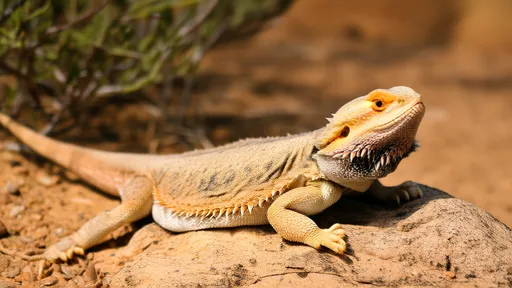
By /Jun 28, 2025

By /Jun 28, 2025
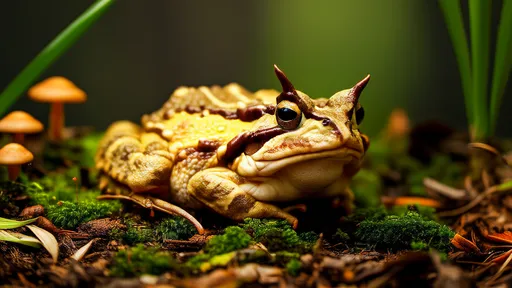
By /Jun 28, 2025
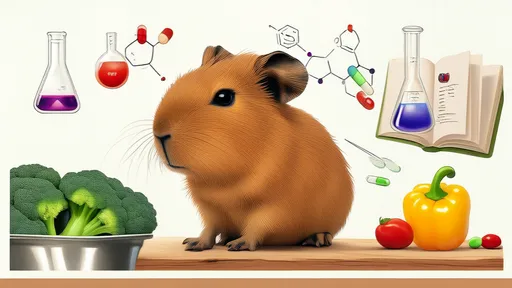
By /Jun 28, 2025
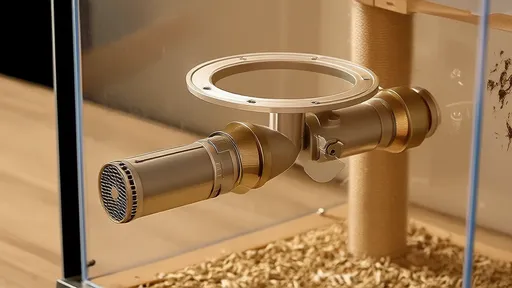
By /Jun 28, 2025
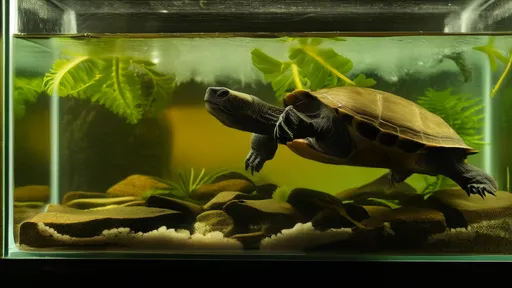
By /Jun 28, 2025
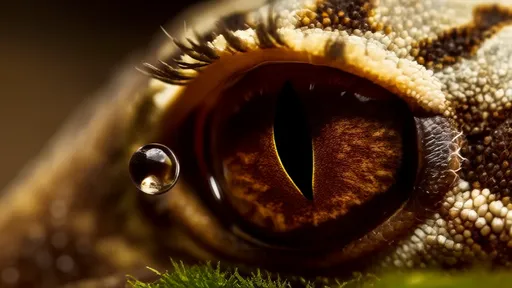
By /Jun 28, 2025
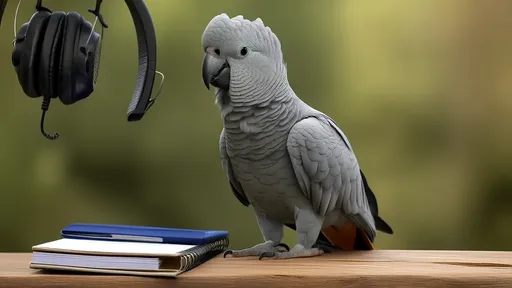
By /Jun 28, 2025
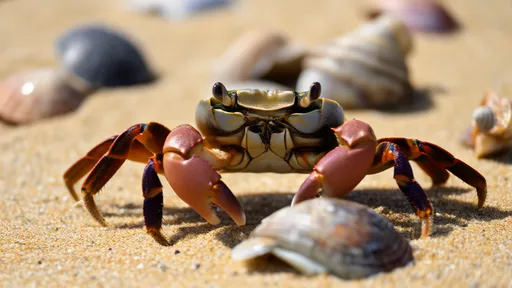
By /Jun 28, 2025
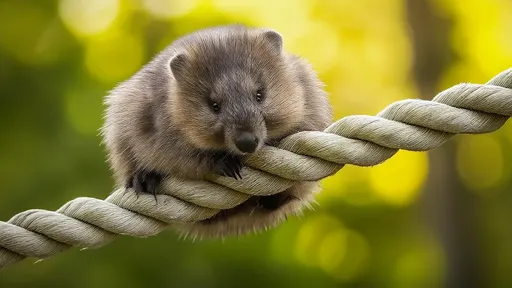
By /Jun 28, 2025

By /Jun 28, 2025
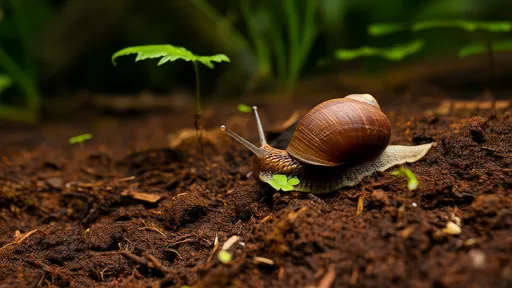
By /Jun 28, 2025
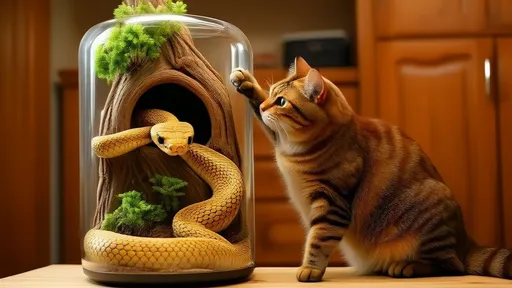
By /Jun 28, 2025
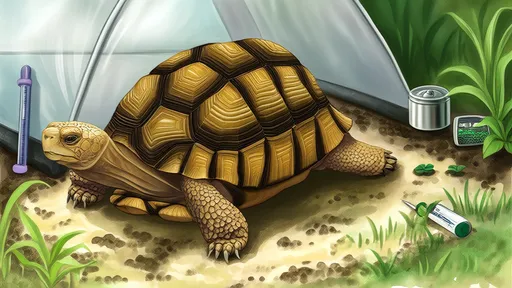
By /Jun 28, 2025
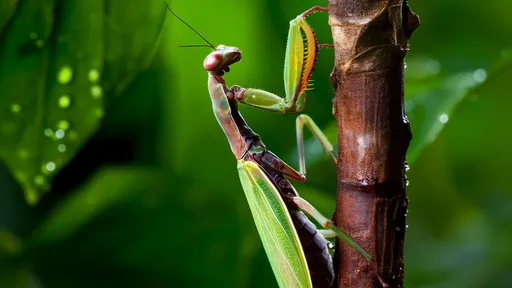
By /Jun 28, 2025
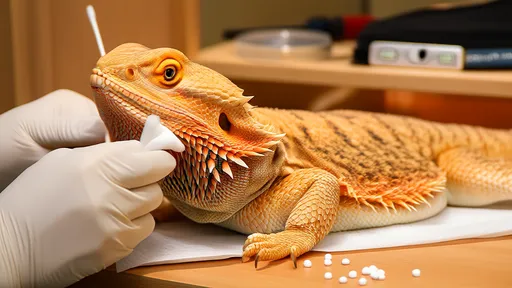
By /Jun 28, 2025
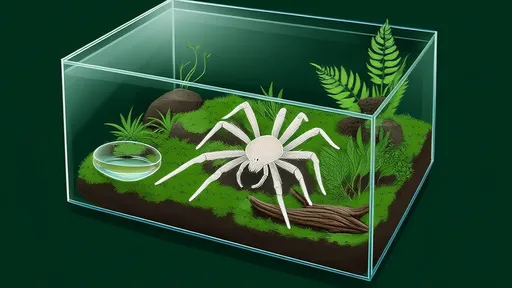
By /Jun 28, 2025